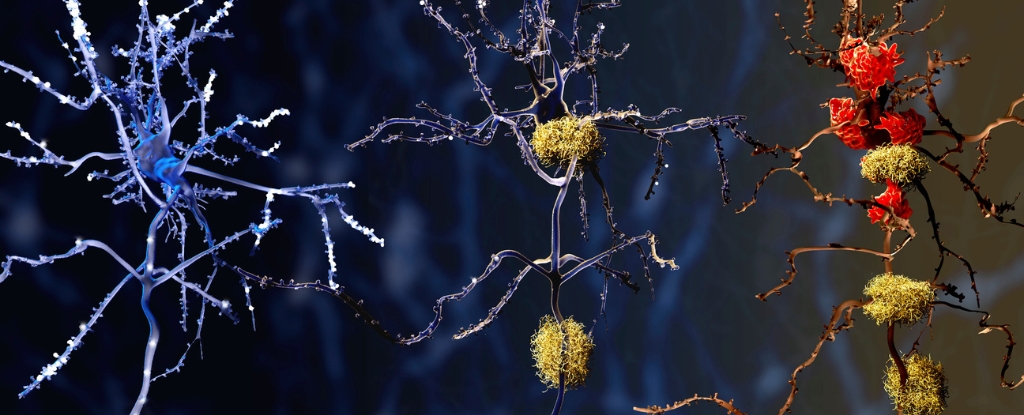When someone is diagnosed with dementia, a common question their families may ask is: ‘How much time do we have?’ How much time before their loved one drifts away; after their memories fade and confusion sets in?
Answering that difficult question can be tricky, as life expectancy after a dementia diagnosis varies from around 3 to 7 years and can be more or less depending on the person’s age and the type of dementia they’ve developed.
Generally, though, people with dementia tend to have shorter lifespans than otherwise healthy folks. And so might their seemingly unaffected twins, a new study suggests.
This strange connection is the result of a large study of hundreds of Swedish twins, where one twin was diagnosed with dementia and the other was not.
The study also included a larger analysis of almost 1,000 people with dementia, who happened to be a twin, and nearly 3,000 healthy people, also twins, though not necessarily siblings of the affected individuals.
Unsurprisingly, people without dementia outlived those with the condition. Moreover, the researchers found those with dementia lived on average 7 years after diagnosis, confirming previous estimates.
Unexpectedly, identical twin pairs had similar life expectancies after one sibling was diagnosed with dementia.
The findings suggest the increased risk of a shorter lifespan associated with dementia might extend to a person’s cognitively-unaffected twin, raising questions about how much genetics – as opposed to the disease itself or environmental factors – are at play in their early death.
Jung Yun Jang, a medical researcher at the University of California Irvine and lead author of the study, explains: “We assumed the reason a person who has developed dementia has a shortened life expectancy is because the dementia leads to other medical conditions that affect mortality,” she says.
“What we’re seeing instead is the increased risk of mortality is not due to just the dementia itself, but also a whole package of other influences that the person brings to their disease.”
The study drew data from the Swedish Twin Registry, a large cohort study of more than 45,000 Swedish twins.
Jang and colleagues’ main analysis included 90 pairs of identical twins, 288 pairs of fraternal twins, and 5 twin pairs of unknown zygosity, in which one twin had dementia and the other did not.
Twin studies are incredibly useful natural ‘experiments’ where researchers can ask questions that would otherwise be impossible, about how much genetics or lifestyle factors affect someone’s health.
Born at the same time, twins share mostly the same genetic sequencing but their exposure to environmental influences and lifestyles may differ after childhood, and so can their health.
By comparing years lived after one member of fraternal and identical twin-pairs received a dementia diagnosis, the researchers found that there was a greater difference in life expectancy between fraternal twins than between identical twins.
This suggests that it’s the genetic factors shared by identical twins that influence their similarly shorter lifespans, although environmental factors unique to each twin can still have an effect.
In a subsequent analysis, a healthy individual whose twin had dementia had a slightly increased risk of a shorter lifespan compared to someone from a pair in which neither twin was diagnosed with the condition.
This suggests the risk of a shorter lifespan associated with dementia is partly familial, similar between identical twin-siblings, and not solely related to the disease itself.
“Even though identical twins with co-twins affected by dementia may never suffer from dementia themselves, they, too, may have a shortened lifespan,” the researchers write in their paper.
While the number of twins in this study is sizable, the findings could be strengthened if replicated in another twin registry from outside of Sweden. The bulk of the dementia cases included in the analysis were Alzheimer’s disease, so life expectancy patterns may differ for other forms of the disorder.
The study has been published in Alzheimer’s & Dementia: The Journal of the Alzheimer’s Association.





